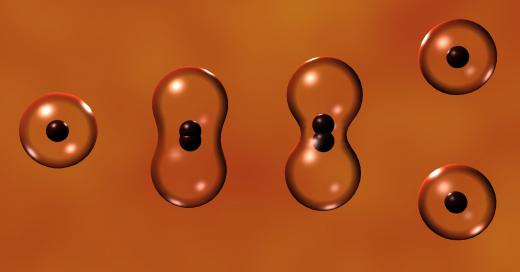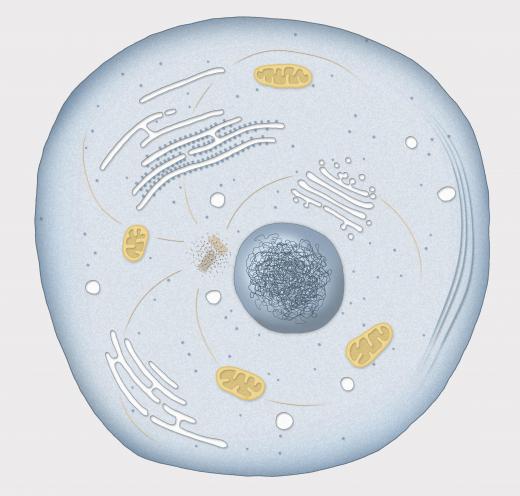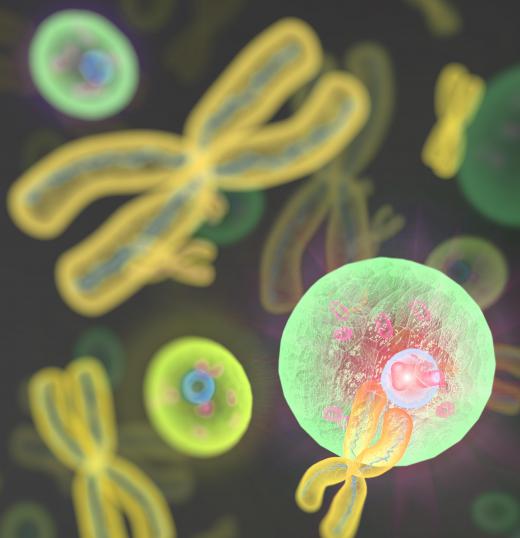What is Interphase?
Interphase is the first stage of the cell cycle. It directly precedes mitosis, or cell division, and is the state in which a cell spends most of its life span. The specific subphases of interphase include the first gap phase (G1), synthesis (S) and the second gap phase (G2).
At the beginning of G1, the cell undergoes a normal growth period. During this subphase, many proteins and various organelles are made, and the cell usually increases in size. Cells might stay in interphase for very long periods of time.

The G1 subphase ends with a checkpoint. Checkpoints are used in the cell cycle to ensure that only healthy cells with no mutations are duplicated during the division process. Cells not passing the checkpoint are put into the gap zero (G0) phase. Most human body cells are in G0 at any given time. They can either finish out their lives without dividing, or they might be called back into mitosis when needed.

If the cell passes the checkpoint, it moves into the S phase. During the S phase, cells duplicate their chromosomes. Chromosomes carry all genetic information that control the cell's life processes. In preparation for division, chromosomes need to make an exact copy of themselves. These copies will occupy the new cell that results after division.
After the chromosomes are duplicated correctly, the cell moves into the G2 subphase. This final stage of interphase includes more protein production and organelle creation. All preparations for division must be completed during G2. Organelles and cytoplasm created will be evenly divided between the cells during mitosis.

G2 ends with another checkpoint. Before the cell is allowed to continue on the cell cycle into the mitotic phase, enzymes — such as protein kinase — "proofread" the cell's deoxyribonucleic acid (DNA) to check for mistakes. Cells not passing this inspection will go into G0. If the enzymes find no mistakes, the cells can then move on into mitosis and replicate.

After cytokinesis of the mitotic stage, the newly divided cells will go back into G1 of interphase and start the cycle over again. They will be required to pass the checkpoint inspections again before moving on from interphase. This will continue until the cell undergoes apoptosis, or programmed cell death.
AS FEATURED ON:
AS FEATURED ON:














Discussion Comments
Please describe the mitosis phase in detail?
Post your comments